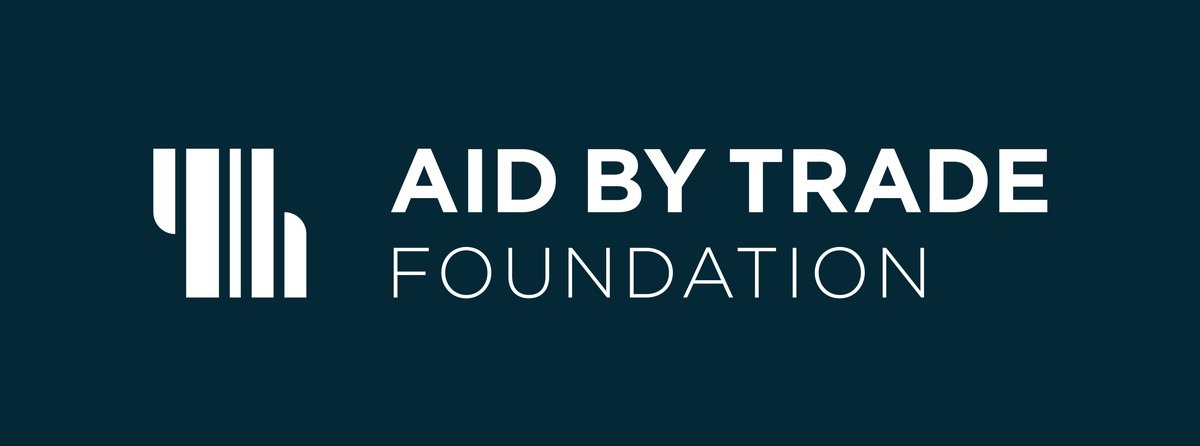
In 2023, the Aid by Trade Foundation (AbTF) was once again able to successfully strengthen the market position of its standards for sustainable cotton and cashmere production, invest in innovative projects including ones for increasing transparency in the value chain, and counteract the effects of climate change, the loss of biodiversity, and poor social conditions for the people producing the raw materials. Despite difficult economic conditions, AbTF generated EUR 8.1 million in revenue and achieved a 23 percent year-on-year increase in its financial commitment to promoting an environmentally and socially responsible approach to the production of raw cotton and cashmere. Projects for improving living conditions in production regions also benefited from this growth.
The Aid by Trade Foundation was able to further expand its global networks in 2023 through its standards Cotton made in Africa (CmiA) and The Good Cashmere Standard (GCS). CmiA was active in 54 textile production markets worldwide, working with 2,700 partners in the textile supply chain. With new clients including the internationally renowned companies IKEA and AVON, and with demand for transparency and CmiA Organic continuing to rise, it is clear that commercial interest in AbTF’s work remains high. The Good Cashmere Standard, which promotes the sustainable production of cashmere fibres, worked with 54 retailers and brands—including well-known companies like J.Crew, the H&M Group, and The White Company—and was present with GCS-verified cashmere in 16 textile production markets. Strong demand for both standards led to AbTF bringing in around EUR 8.1 million in total revenue during the last financial year.
Prof. Dr Michael Otto, the founder of AbTF, expressed his happiness with the annual results, summarising, “Living and labour conditions in production areas were improved, and soil quality and biodiversity were conserved, through numerous sustainability- and innovation-focussed projects that aimed to enable people to help themselves.”
Commenting on the standards’ effectiveness, Tina Stridde, the managing director of the Aid by Trade Foundation, adds, “We are happy to be making an essential contribution to transforming how the raw materials and textiles are produced. The results for 2023 show that there is great demand for our verified, sustainable raw materials despite the poor economy.”
By combining traditional knowledge, modern agricultural technology, and effective tracing systems like the Hard Identity Preserved (HIP) tracking system, the AbTF standards were able to fulfil producers’ desire for innovative solutions in 2023 in addition to reliably providing the high degree of transparency increasingly being demanded by lawmakers and consumers. Regional workshops, digital learning platforms, and innovations like the remote sensing project or the recently established Innovations Club are only a few of the ways through which AbTF led the way in 2023, providing clear measures, guidelines, and data-based approaches for partner organisations to build on as they work to responsibly produce raw materials for the textile industry. To increase small-scale farmers’ resilience to the effects of climate change, AbTF also developed the Regenerative Cotton Standard (RCS) in 2023. RCS follows a holistic approach to agriculture and distinguishes itself by being the first to specifically promote natural regenerative processes in small-scale cotton farming.
For nearly 20 years, the Aid by Trade Foundation’s work has been based on the principle of leveraging market forces to enable people to help themselves. As a result, 84 percent of revenue generated in 2023 came from business activities. This revenue went to support nearly 900,000 small-scale farming families working in accordance with CmiA and CmiA Organic criteria to grow around 500,000 tonnes of cotton on 1.7 million hectares of land. By way of comparison, that is enough cotton for around one billion t-shirts. This makes CmiA one of the most successful cotton standards in the world as well as the largest one working in Africa. In addition, 9,100 farms with 4.3 million goats produced 2,200 tonnes of GCS-verified cashmere in Inner Mongolia, which represents another year-on-year increase, in this case by over 15 percent.





















